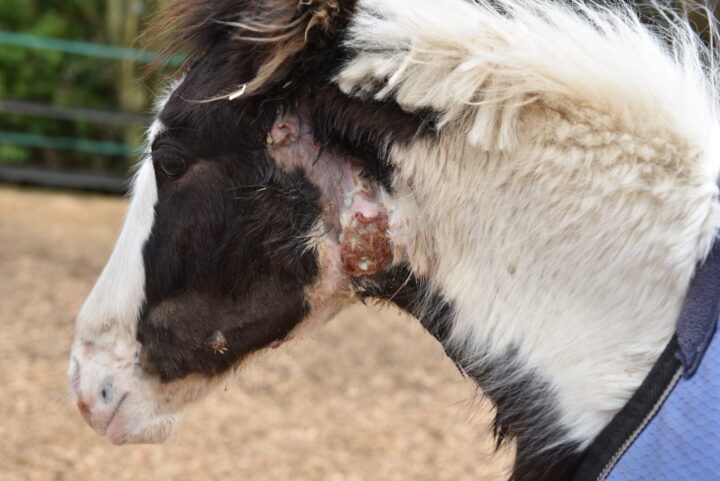

Strangles is a highly contagious bacterial infection of the head and neck in horses. It is caused by the bacterium, Streptococcus equi subspecies equi (S. equi equi).
Clinical signs can vary, but here are the key things you should watch for in a horse that may have strangles:
Atypical Strangles
Be aware of 'atypical strangles,' a form where horses show only very mild clinical signs but are still fully infectious and can spread the disease.
Serious Complications
Though most horses recover, strangles can lead to severe complications:
Transmission
Strangles is spread easily, both through direct horse-to-horse contact and indirectly via contaminated drinking water, feed, equipment, and even people.
Carriers
Approximately one in 10 horses that recover from strangles become long-term carriers. While their clinical signs resolve, some bacteria remain in the guttural pouch. These horses appear healthy but will periodically shed bacteria, infecting in-contact horses without warning.
Diagnosis
An initial diagnosis may be based on the clinical signs listed above. Confirmation requires tests, usually involving swabs or other samples, to check for the presence of the Streptococcus equi equi bacteria.
West Ridge Equine is pleased to offer the Epona Streptococcus equi Lavage Test which is available on site.
This is a new generation of molecular testing that delivers fast, reliable results. It works by precisely detecting and identifying fragments of the Streptococcus equi genome—the bacteria that causes strangles.
In simple terms, this test gives us a clear and rapid indication of whether or not the strangles pathogen is present, helping us quickly determine the cause of your horse's clinical signs. Results can be obtained the same day.
Treatment
Treatment focuses on providing the horse with good nursing and supportive care and using anti-inflammatory medication to keep them comfortable. Most horses recover within three to four weeks, but complicated or severe cases may take longer.
Prevention
Prevention is key and involves a combination of measures:
Outbreak Management
If a strangles outbreak occurs, the key is to manage and separate horses immediately:
Close the Premises
The yard or premises should be closed to prevent all horse movement in and out.
Grouping Horses
Horses should be split into three groups based on risk and managed completely separately:
Management Protocol
The premises must remain closed, with no horse movements, until the yard is certified free of the disease.